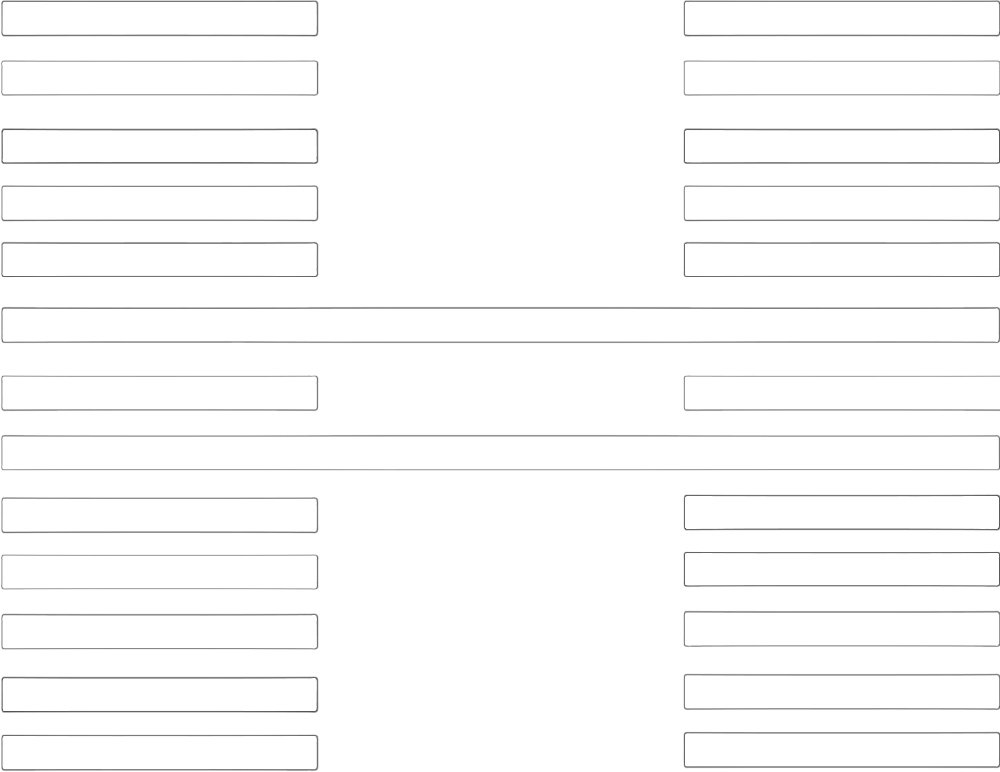Herbarium collection
Herbarium represents a biological collection of preserved plant (and fungi) specimens with relevant information on attached labels, providing details of where and when the specimen was collected, ecological information and habitat, as well as the name of the collector. The specimens are stored in special cabinets and arranged according to standard biological classification. The material is carefully prepared to withstand the aging process and continuous handling. A plant specimen (the whole plant or its part) is pressed and dried, stored between paper sheets and fixed with sticky paper tapes on hard paper together with the corresponding label.
Herbaria are known and cited by their international acronyms, listed in Index Herbariorum. Herbarium Croaticum (ZA) and Herbarium of Ivo and Marija Horvat (ZAHO) are the two herbarium collections of the Department of Biology, Faculty of Science, University of Zagreb.
The structure of the ZA collection
This collection holds c. 230 000 specimens, organised in separate collections according to general systematic units and the geographical provenance of stored herbarium material. The main organisational units are:
Herbarium Croaticum – the core collection of the ZA Herbarium. It mainly includes plant material collected in Croatia, and accordingly represents the largest collection of Croatian plants in the world. The collection retains the original organisation of the herbarium according to Dalla Torre’s Genera siphonogamarum of 1900-1907. This collection is open for new material which is continuously deposited.
Herbarium Generale (the general collection) – this collection holds the material collected outside Croatia. The specimens were obtained from other herbaria, through exchange of material. The organisation of the collection follows Ludovico Pfeiffer (1870): Synonymia botanica locupletissima generum, sectionum vel subgenerum ad finem anni 1858 promulgatorum: In forma conspectus systematici totius regni vegetabilis schemati Endlicheriano adaptati, i.e. the classification system of Endlicher. This collection is closed, i.e. new material is not deposited. Any material collected outside Croatia in recent times is deposited in the abovementioned core of the ZA collection.
Bryophytes – The collection includes herbarium specimens from Croatia and nearby region. The bryophytes are organised alphabetically.
Lichens – The collection includes herbarium specimens from Croatia and other parts of the world. The lichens are organised alphabetically.
Fungi – The collection includes herbarium specimens from Croatia and other parts of the world. The fungi are organised alphabetically.
Algae – The collection includes mostly macrophytic sea and freshwater algae from Croatia stored as herbarium sheets. The algae are organised alphabetically.
The structure of the ZAHO collection
This collection holds 71,611 herbarium specimens collected by prof. Ivo Horvat and organized by his wife Marija Dvoržak Horvat. The collection includes bryophytes and vascular plants, mainly from Croatia and other Balkan and European countries. The respective collections are organised alphabetically by families. This collection is closed, i.e. new material is not deposited.
The overview of ZAHO is available in the work of Horvat and Plazibat (2007).
